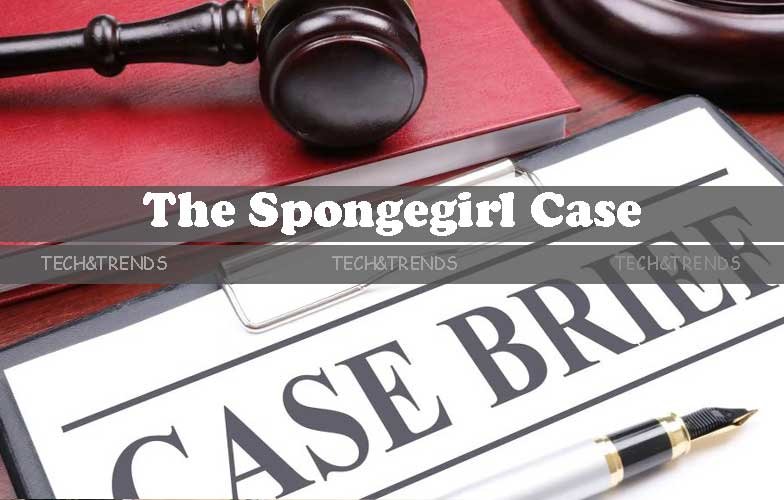The spongegirl case has mesmerized people worldwide. From mysterious incidents in disparate locales to viral memes, its story has captured public imagination with great intensity.
Law enforcement agencies are currently employing traditional investigative methods combined with modern technology in order to keep tabs on this enigmatic figure’s activities and assess any related community involvement and cooperation efforts. The ongoing saga highlights this key point.
Investigative Methods
Detectives were kept busy searching for answers amid an intricate web of clues, false leads, and unexpected twists as they raced to solve this puzzling case. From finding hair at one crime scene to unlocking an encrypted message on Spongegirl’s computer – detectives tirelessly searched through information seeking the truth about Spongegirl’s disappearance.
As detectives analyzed evidence, they began to form a list of potential suspects. Motives were examined and alibi verified. Public involvement via social media and online forums proved crucial in solving this case; public appeals for information spurred people to work together by sharing details and theories that had gone unsaid previously. Furthermore, such community engagement highlighted just how crucial community engagement can be when solving crimes like these.
Eyewitness testimonies that contradicted each other slowed progress on this case, causing much of its confusion to ensue. Unanswered questions regarding Spongegirl’s background caused additional concern among investigators; her enigmatic behavior and strange movements raised suspicions of unknown accomplices; while an unexpected piece of fabric found near one crime scene raised further doubts as it may indicate she has access to exclusive textiles that do not exist elsewhere in existence.
Detectives were able to make progress despite these obstacles in solving this case, with its widespread appeal helping raise awareness about medical privacy and call for tighter policies regarding digital controversy.
Collaboration with the Public
Few cases in crime-fighting have garnered such widespread public fascination as that of Spongegirl. With her mysterious personality and uncanny abilities, this bizarre character stirred controversy over her origins and motivations – sparking discussions on women’s rights, cybercrime and government experiments gone wrong. Additionally, this captivating phenomenon illuminates many valuable lessons for law enforcement professionals, such as community involvement and collaboration with online users.
As this case garnered high-profile media attention, various sources and the public provided tips and theories about her identity. However, its high-profile nature led to an overwhelming influx of information – some from the public who provided tips or shared theories – while also raising concerns over police agencies’ ability to solve complex mysteries like this one. Unfortunately, failure of significant breakthroughs undermined public trust in law enforcement agencies further eroded it further.
The Spongegirl case had an immediate and far-reaching effect on online culture, sparking lively dialogue about fan art and its interaction with statutory safeguards that protect original content from infringement. These discussions highlighted the delicate balance between protecting intellectual property and catalyzing creative articulation; an equilibrium which shifts with technological advances and cultural shifts. Finally, it demonstrated its impact on mental health; continued speculation about Spongegirl’s next move provoked fearful speculation and paranoia, leading to increased stress levels and sleep disruption among those affected.
Legal Implications
Spongegirl has raised many questions regarding intellectual property and social influence. Her case sheds light on the complex legal issues related to character ownership, as well as highlighting the need for stronger laws to protect people online. Furthermore, this case has highlighted victim advocacy programs as vital aids for recovering from trauma.
Investigators are actively conducting an investigation into Spongegirl’s disappearance. They have examined CCTV footage, spoken with eyewitness accounts and sought forensic expertise for deciphering encrypted messages; although no definitive evidence has yet surfaced they continue to pursue all leads without jeopardizing valuable information or hindering their work.
Settlement talks between Sarah and Spongegirl Studios may result in her receiving part of the rights for Spongegirl while Spongegirl Studios holds onto most. This could potentially result in collaboration between both companies; however, only court decisions will determine what happens with Sarah’s beloved cartoon character.
The Spongegirl case has generated numerous discussions regarding intellectual property rights and latitude given to new works that draw inspiration from earlier works. As technology progresses, these topics will continue to arise and its outcome will play an integral part in future copyright regulation regulations.
Conclusions
As the case unfolded, detectives worked tirelessly to collect evidence and follow leads. They consulted experts from various fields as they encouraged public involvement via tip lines; with every new clue they became more determined to learn what had become of an enigmatic figure. Police eventually became frustrated due to dead-end investigations but then discovered fingerprints at one crime scene which gave hope that their investigation might yield fruition.
The case served to demonstrate the significance of forensic technology and community involvement in solving complex crimes. Though still unsolved, this case has raised awareness of anonymity on the internet as well as law enforcement agencies’ need to enhance their investigative processes.
The spongegirl case has had an enormously lasting impact on how we view fictional characters and their creators, sparking debate about how best to balance protection of intellectual property rights with innovation, as well as sparking discussions around social media platforms’ roles in protecting those rights. Content creators need to remain mindful of these issues and take appropriate steps in order to safeguard their work against possible infringement.






